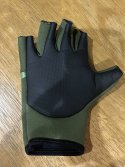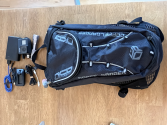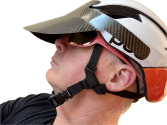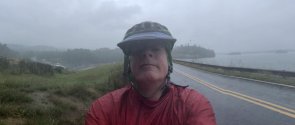Damien
Active Member
I’m sharing a video (english subtitles are available.) from a 200 km brevet that took place last weekend in very challenging weather conditions in this part of Europe. Audax Poland organizes them regardless of the weather – and here it was hard to imagine worse. Randonneurs Slovakia canceled their brevet. The southwestern part of Poland is battling floods. The only thing that stayed dry was my head – thanks to a Gore-Tex cap. The brevet was shortened – but even 120 km was enough to wear me out – the wind was tossing me around, and I was riding the entire time with a high heart rate. One friend was riding a Azub Max 700 – I’m still waiting for my Cruzbike S40 – and for the last time, I decided to ride my upright Specialized Allez from 2003 – so it’s already a relic. But it was a bad choice because I forgot how terrible rim brakes are in these conditions, and at one point, I had to brake with my foot.
I think even if I had my CB, I would’ve chosen the upright bike – it seems like water is less of an issue on an upright. How do you dress for this kind of weather?
Any tips? Do you wear cycling jackets or regular outdoor ones?
I think even if I had my CB, I would’ve chosen the upright bike – it seems like water is less of an issue on an upright. How do you dress for this kind of weather?
Any tips? Do you wear cycling jackets or regular outdoor ones?






